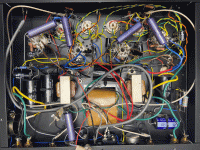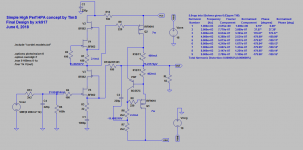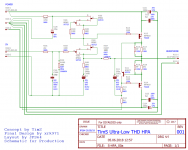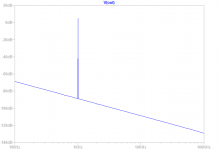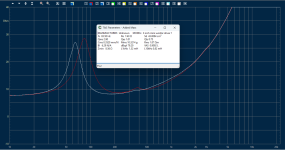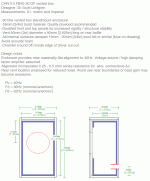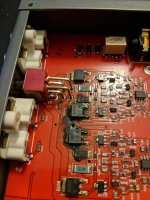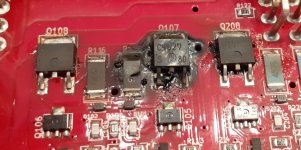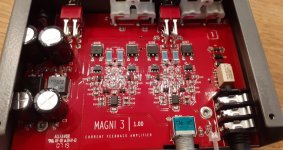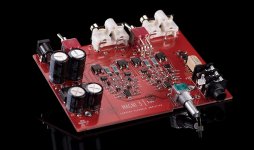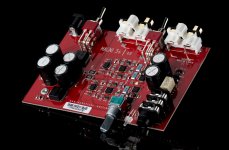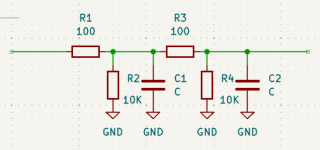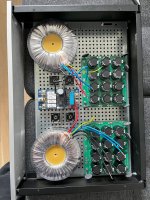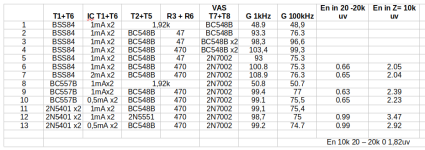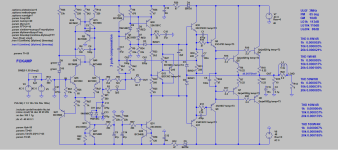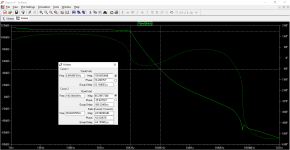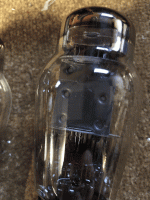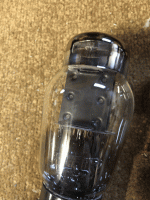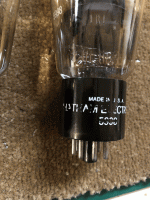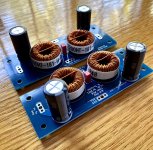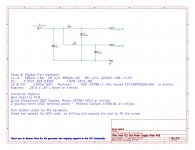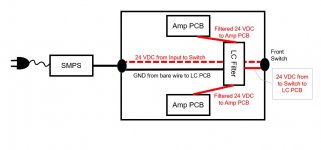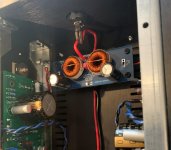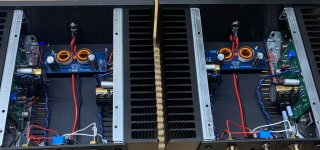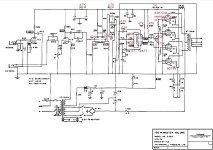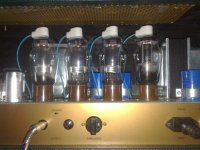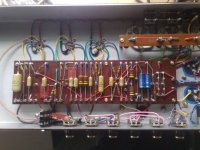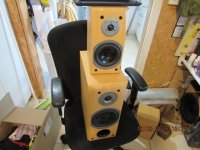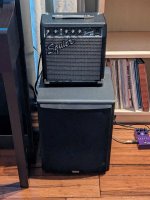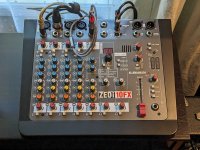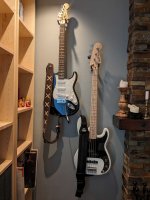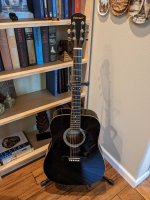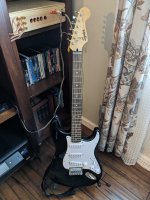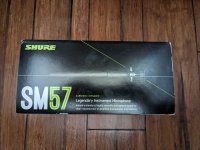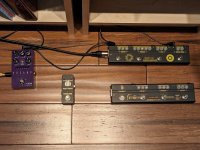Please simulate multiple drivers in a waveguide
- Multi-Way
- 7 Replies
Hi,
There are lots of small drivers and I want to put them in a waveguide and see the polar response.
The drivers I am talking about are these, probably used in mobile phones.
https://www.farnell.com/datasheets/4197292.pdf
https://www.farnell.com/datasheets/4197300.pdf
https://www.farnell.com/datasheets/3999554.pdf
I have seen better round ones available locally and measured them to be much flat than above ones and Fs of 750Hz.
If a mobile can make sufficient noise then these should be able to act like a nice tweeter when several are put in a waveguide.
Please note Don Keele used used 48 AKG XXL‐V5 Headphone Drivers in one and Toshiba laptop drivers in another and Harman multimedia driver in his CBT prototypes.
https://www.linkwitzlab.com/Keele - Introduction to CBT Loudspeaker Arrays.pdf
Before I get to the actual dirty work with 3D printing the entire thing, can somebody help me please simulate them?
I would appreciate if someone could simulate 15mm sound sources put on a spherical cap in an 8 inch 90 degrees conical waveguide with good round over leading to the baffle.
The following scenarios could help understand whether the idea has merits
a) 7 sources ie one in center and 6 surrounding in a circle, concentric arrangement on spherical cap, the spherical section should perpendicularly mate with the wall of the waveguide, all driven by same signal.
b) Same 7 sources in concentric arrangement on spherical cap, the side ring shaded by -3db than the center one. To get 90 degrees wave front the spherical cap should 138 degrees as per CBT theory.
c) 19 sources ie one in center and 6 surrounding in a circle, and another 12 in a surrounding circle concentric arrangement on spherical cap, the spherical section should perpendicularly, all driven by same signal.
d) Same 19 sources in concentric arrangement on spherical cap, center one at full strength, the next circle of 6 at -3 dB and the outermost circle of 12 at -6dB. To get 90 degrees wave front the spherical cap should 138 degrees as per CBT theory.
The b) and d) are essentially small spherical CBTs in a waveguide and a) and c) are unshaded curved drivers in a waveguide.

Few more driver in Don's presentation

I will attempt a 3D printed version of whichever gives good polars and post here the measurements.
Thanks and Regards,
WonderfulAudio
There are lots of small drivers and I want to put them in a waveguide and see the polar response.
The drivers I am talking about are these, probably used in mobile phones.
https://www.farnell.com/datasheets/4197292.pdf
https://www.farnell.com/datasheets/4197300.pdf
https://www.farnell.com/datasheets/3999554.pdf
I have seen better round ones available locally and measured them to be much flat than above ones and Fs of 750Hz.
If a mobile can make sufficient noise then these should be able to act like a nice tweeter when several are put in a waveguide.
Please note Don Keele used used 48 AKG XXL‐V5 Headphone Drivers in one and Toshiba laptop drivers in another and Harman multimedia driver in his CBT prototypes.
https://www.linkwitzlab.com/Keele - Introduction to CBT Loudspeaker Arrays.pdf
Before I get to the actual dirty work with 3D printing the entire thing, can somebody help me please simulate them?
I would appreciate if someone could simulate 15mm sound sources put on a spherical cap in an 8 inch 90 degrees conical waveguide with good round over leading to the baffle.
The following scenarios could help understand whether the idea has merits
a) 7 sources ie one in center and 6 surrounding in a circle, concentric arrangement on spherical cap, the spherical section should perpendicularly mate with the wall of the waveguide, all driven by same signal.
b) Same 7 sources in concentric arrangement on spherical cap, the side ring shaded by -3db than the center one. To get 90 degrees wave front the spherical cap should 138 degrees as per CBT theory.
c) 19 sources ie one in center and 6 surrounding in a circle, and another 12 in a surrounding circle concentric arrangement on spherical cap, the spherical section should perpendicularly, all driven by same signal.
d) Same 19 sources in concentric arrangement on spherical cap, center one at full strength, the next circle of 6 at -3 dB and the outermost circle of 12 at -6dB. To get 90 degrees wave front the spherical cap should 138 degrees as per CBT theory.
The b) and d) are essentially small spherical CBTs in a waveguide and a) and c) are unshaded curved drivers in a waveguide.
Few more driver in Don's presentation
I will attempt a 3D printed version of whichever gives good polars and post here the measurements.
Thanks and Regards,
WonderfulAudio
